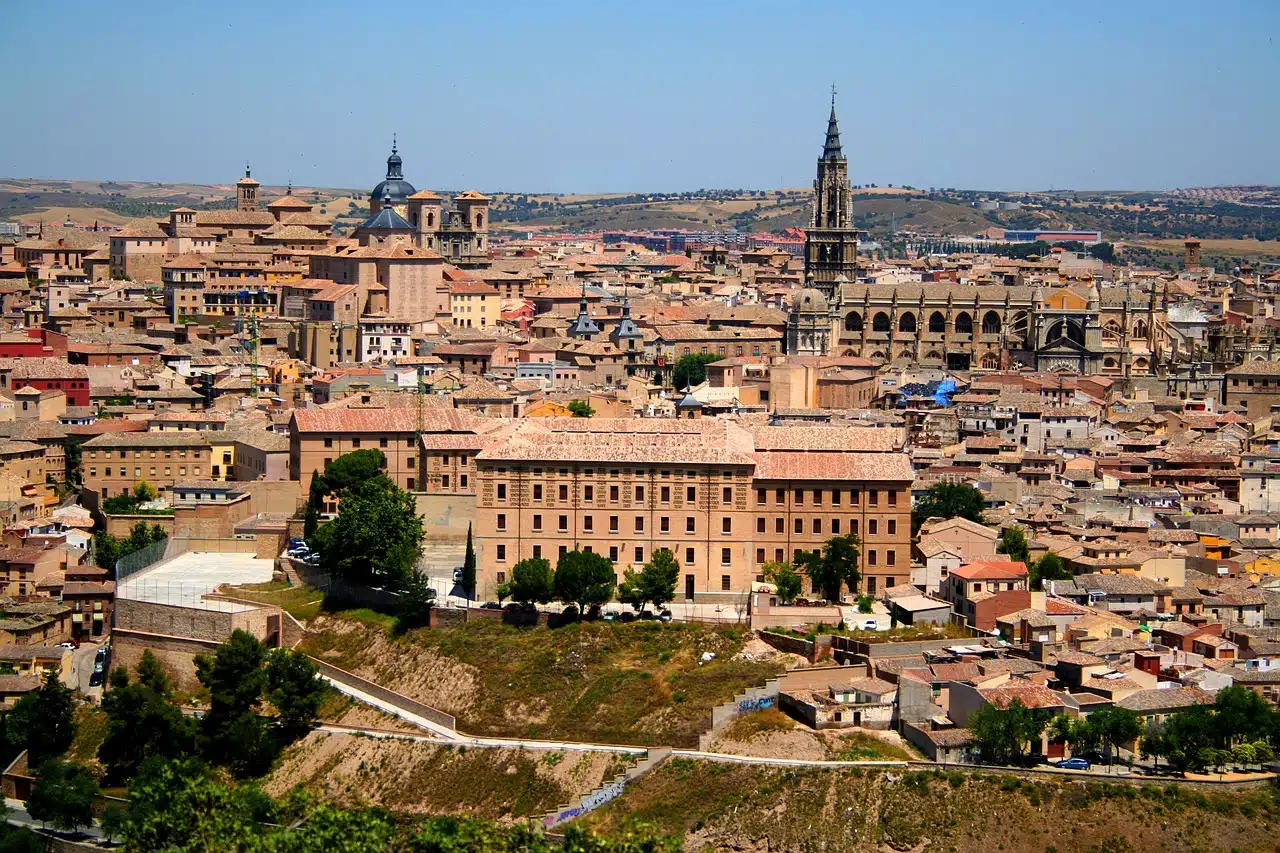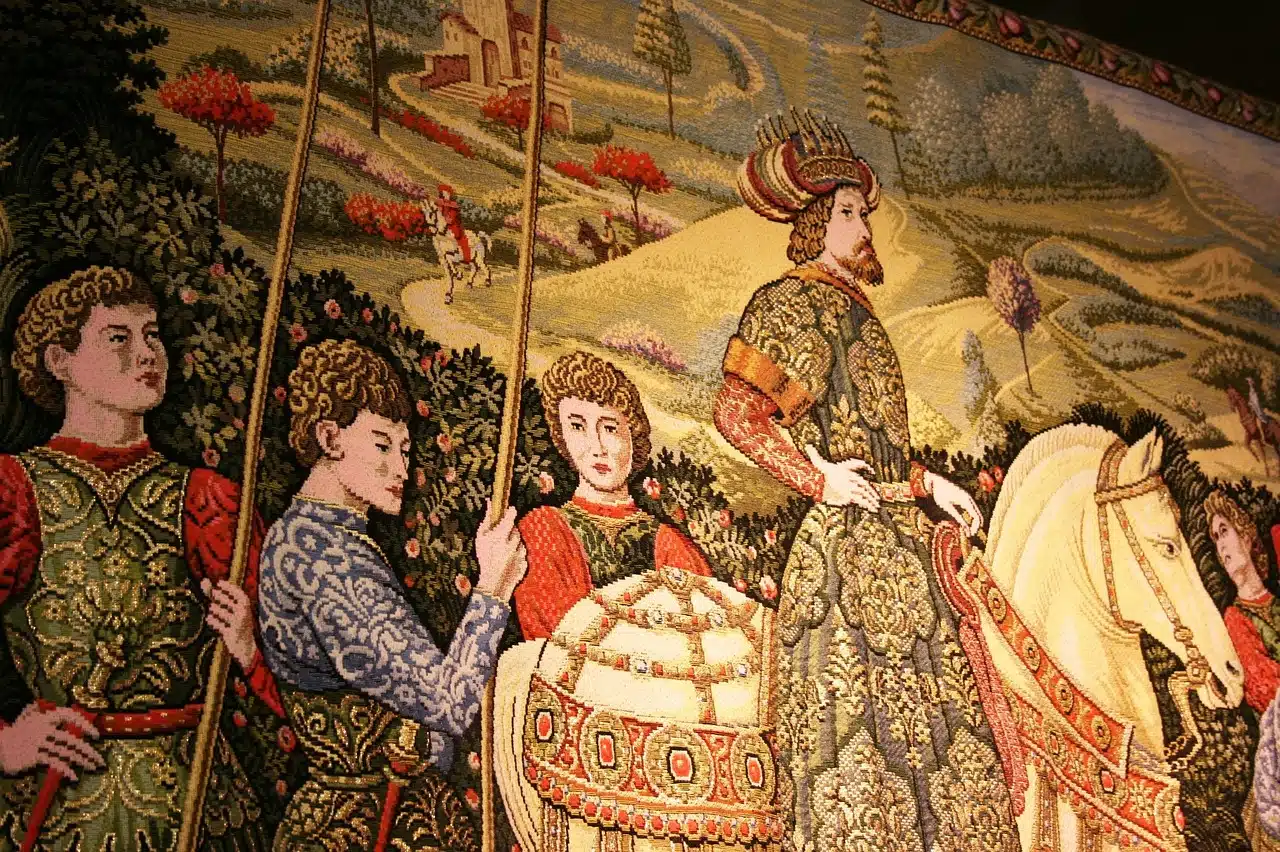
The royal manufactures were industrial facilities of the Ancien Regime.
Royal manufactures were the industrial facilities that, within the framework of the Old Regime , the monarchs built. Also known as royal factories , their development is linked to mercantilism (which is based on state intervention in the economy).
Actual manufactures required significant capital investment . In the same building they brought together the different stages of the production process, housing the operations of different unions inside.
Goals
One of the objectives of royal manufactures was to satisfy the military needs of the kingdom . There were also royal manufactures aimed at the production of luxury goods demanded by members of the court . On the other hand, there were real manufactures whose operation was linked to fiscal reasons .
Other main objectives of royal manufactures were the following:
- encourage industrialization : the main objective was to develop the manufacturing industry in Spain to reduce dependence on imports and promote economic self-sufficiency;
- stimulate the economy : the aim was to boost the Spanish economy by creating factories and workshops , hiring workers and producing goods;
- improve the quality of products : the aim was to improve the quality and variety of products manufactured in Spain, to compete with imports and promote domestic consumption;
- generate employment : the creation of real manufacturing generated employment opportunities for the population, especially in urban areas, where factories were concentrated;
- promote technical training : the training and training of artisans and workers was promoted to improve their technical skills and encourage innovation in production processes;
- Increase State Revenue : The development of manufacturing industry was expected to increase State tax revenue through taxes and tariffs on production and trade .
Royal Tapestry Factory of France
The Royal Tapestry Factory of France (or Royal Gobelin Manufacture ) is considered the first royal manufacture in history. Created in 1662 by the minister Jean-Baptiste Colbert under the mandate of King Louis XIV , it was dedicated to textile production, providing high quality products to the Crown and competing with imports.
Based on the experience of the Royal Tapestry Factory of France , other countries created their royal manufactures. Thus they promoted work , introduced technical advances, favored the transition from the agrarian to the industrial economy and stimulated economic activity.
The manufacture owes its name to the Gobelin family , a dynasty of weavers of Flemish origin who contributed significantly to its success. For years, it was run by expert craftsmen and designers who carried out elaborate projects, standing out in both technical and artistic terms. One of his most notable aspects was his ability to create tapestries of great size and complexity, many of which depicted historical, mythological or religious scenes. These were hand-woven with silk, wool and gold threads, using techniques such as heddle weaving and wool knotting.

The tapestries of the royal manufactures were ornamental and symbolic.
Royal Tapestry Factory of Santa Barbara
It should be noted that there are real factories that are still in operation. An example is the Royal Tapestry Factory of Santa Bárbara , created by Philip V in 1720 . Dedicated, as its name indicates, to the production of tapestries, its headquarters have been located in the Madrid neighborhood of Pacífico for more than a century.
The factory was initially established in the Buen Retiro Palace and later in its current location in the Atocha neighborhood. Over the years, it has been recognized for its excellence in making tapestries, rugs and other luxury textile products. Its main objective was to supply the Spanish crown with tapestries to decorate royal buildings. These tapestries were considered works of art and were used both to beautify spaces and to transmit political and symbolic messages .
